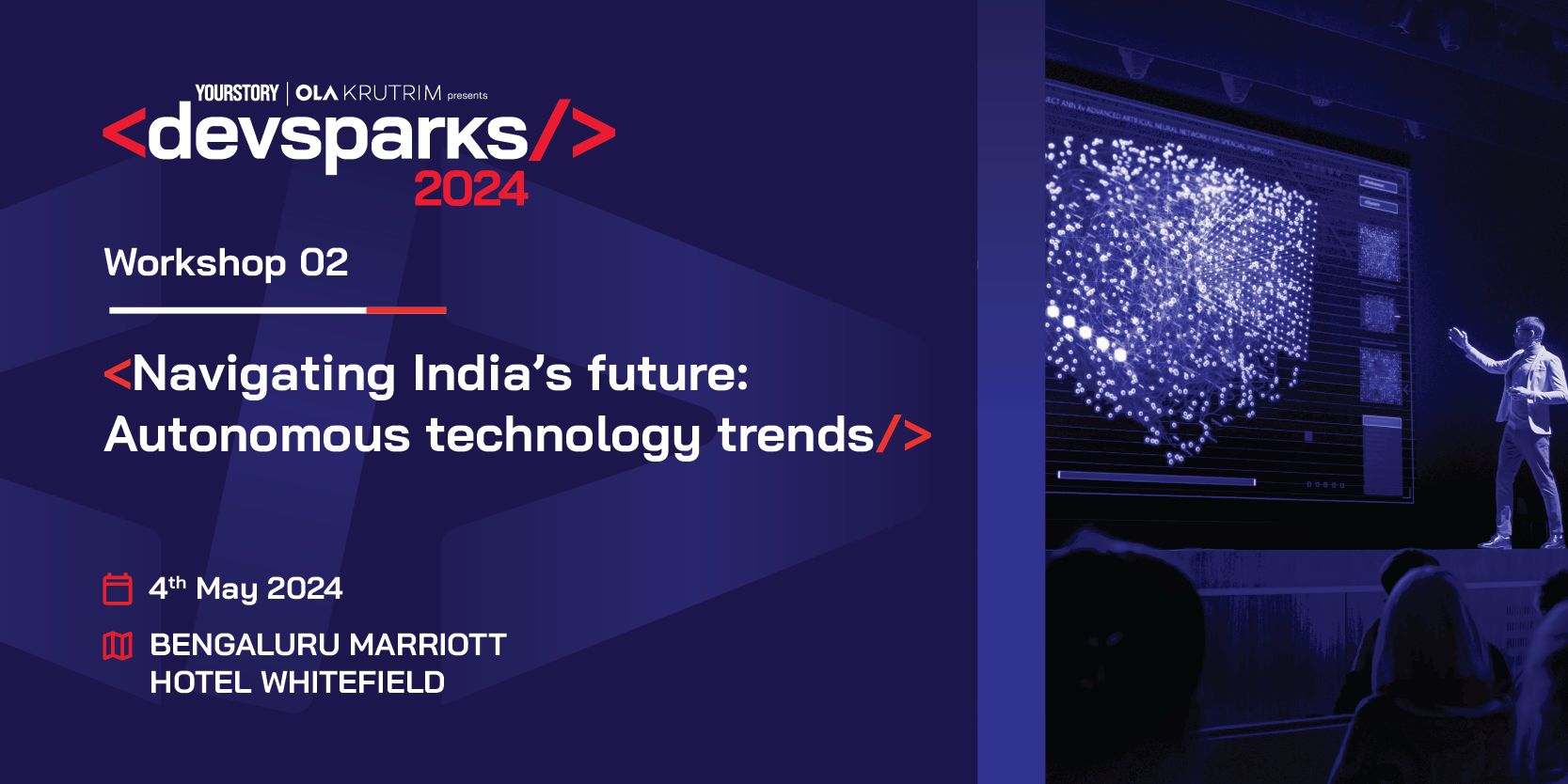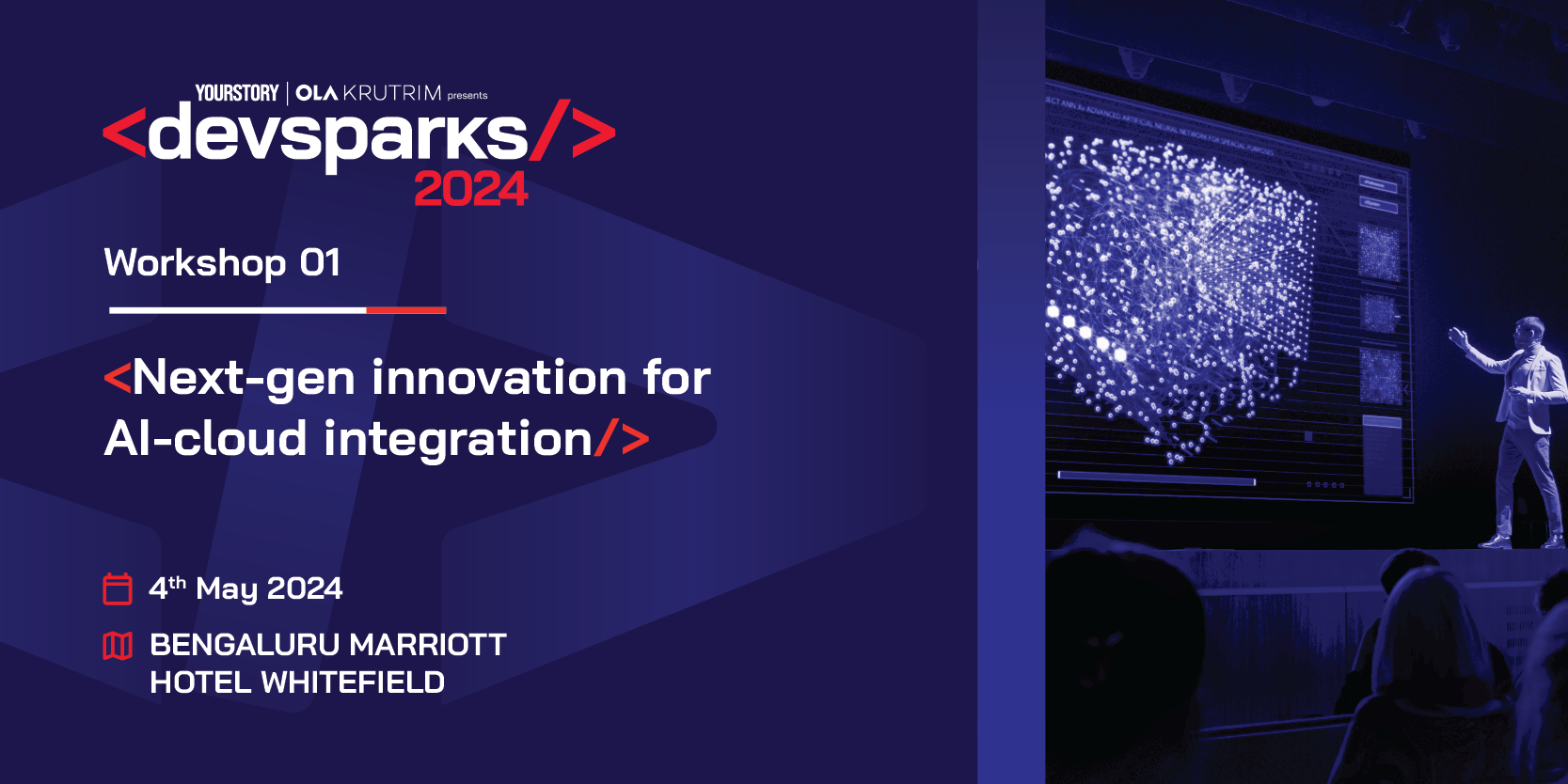This organisation has set its sights on one goal: a better tomorrow for the blind
Over the last five decades, Sightsavers has touched the lives of 55 million people with visual impairment across 100 districts in India through its eye health, education and skill development services.
Shobha, a 65-year-old daily wage worker, is a resident of the Alipurduar district in West Bengal. Thrice a week, she would walk up a hill to collect dry leaves and branches for fuel. One day, she felt her vision blurring out, but paid no heed. That was until she was diagnosed with cataract.
“Healthcare services in this locality is poor. I got lucky by attending the screening camp organised as part of the Rural Eye Health Programme. That’s when I got to know that I had an eye ailment. Sightsavers was kind enough to help me undergo a cataract-removal surgery. Now, I am able to see clearly,” she says.
1557393418695.png?fm=png&auto=format)
Sightsavers helped 65-year-old Shoba to undergo a cataract removal surgery.
India is home to a third of the world’s blind population. The country has about 12 million individuals with visual impairment as against the global total of 39 million according to a report published by the National Programme for Control of Blindness (NPCB). Despite this, when it comes to accessibility of education, healthcare and employment, the visually impaired are cut-off. Only 29.16 percent of the blind in India are part of the education system as per a survey conducted by the National Council of Educational Research and Training (NCERT). The same survey points out that only 6.86 percent of schools have access to braille books and audio content.
The World Health Organisation (WHO) says some of the major causes of blindness are cataract and refractive errors, which are preventable 80 percent of the times but lack of awareness and poor access to eye care in India make the situation tough.
1557393631895.png?fm=png&auto=format)
India is home to a third of the world’s blind population.
Sightsavers, a global organisation, is leaving no stone unturned in eliminating avoidable blindness and supporting the irreversibly blind to lead a life of dignity in India. Over the last five decades, they have touched the lives of 55 million people across 100 districts in eight states.
“The blind deserve the same quality of life as that of a sighted person and have the right to participate equally in the society. We are working towards just that by bringing eye health, educational support, counselling and training to the visually impaired population of the country,” RN Mohanty, CEO, Sightsavers India, tells YourStory.
Expanding possibilities for the visually impaired
Imagine not being able to see as you walk down the bustling alleys of a metropolitan city or trying to get admission in an educational institution, or even attempting to crack a job interview given the discrimination and many prejudices.
Sightsavers offers a variety of programmes to ease these difficulties, as well as strengthen healthcare and promote inclusive education.
1557393814737.png?fm=png&auto=format)
Sightsavers conducting an eye screening camp in rural India.
The enterprise runs many eye health programmes. The Rural Eye Health Programme, also known as Netravasanth, targets 68.84 percent of Indian population residing in rural areas. It has a five-year programme that came to effect in 2015, and is focusing on setting up eye care centres for screening and treating cataract.
The School Eye Health Programme, called Vidyajyothi, was launched in 2014 to improve learning outcomes in government schools.
“Poor eye health hampers the academic performance of students. We provide facilities like free eye check-ups, provision of spectacles to correct refractive errors, and even conduct awareness sessions about the importance of eye health. In this way, eye ailments are nipped at the bud,” explains Jatin Tiwari, Corporate Fund Raising (CFR), Sightsavers India.
The Urban Eye Health Programme, or Amrutha Drithi, was started in 2014 to cater to the urban slum population. Sightsavers works with the Ministry of Health and Family Welfare as part of the National Urban Health Mission to provide healthcare services like eye screenings, retinopathy, and corrective treatment.
1557394039781.png?fm=png&auto=format)
Truck drivers lining up for an eye check-up at an outreach camp.
Raahi, the National Truckers Eye Health Programme was initiated to help truck drivers keep a better eye on the roads. “One in every four truckers have a distant vision problem, and nearly half of them need spectacles to be able to see clearly. This initiative aims to help them get access to eye care services and drive safely. We have set up vision centres, pop-up outreach camps, and eye screening stalls across locations where truck drivers stop to rest or unload cargo,” Jatin says.
Quality education and access to appropriate learning tools for the blind still remain a far-fetched dream in India. The Inclusive Education Programme attempts to break this cycle. Sightsavers is equipping blind students in government schools with free assistive devices, audio books and learning material in braille. Besides, the programme imparts training for teachers and support staff in order to enhance learning outcomes of children.
1557394171646.png?fm=png&auto=format)
Sightsavers are working towards improving the learning outcomes of blind children across government schools.
“The Social Inclusion Programme empowers the visually impaired to be able to lead an independent and fulfilling life. We help them to earn their daily bread by conducting skill development sessions and offering vocational training. We also work with the government to implement changes at the policy level for better inclusive practices,” Jatin notes.
All these initiatives have their presence across the states of Chhattisgarh, Madhya Pradesh, West Bengal, Odisha, Rajasthan, Uttar Pradesh, Bihar, and Jharkhand.
Also read: Visually impaired players get the ball rolling at the National Blind Football Tournament
A far-reaching impact
The initiatives offered by Sightsavers have reached millions of blind people in India, enabling them to lead a healthy and satisfying life. When it comes to providing access to healthcare, in 2018, Sightsavers conducted over 53 lakh eye screenings, 2.46 lakh sight restoration surgeries, and 18.97 lakh refractive corrections, and distributed four lakh pairs of spectacles.
1557394304562.png?fm=png&auto=format)
Sightsavers has conducted about 53 lakh eye screenings and distributed 4 lakh pairs of spectacles.
The Inclusive Education Programme has benefitted over 10 lakh blind children across 7,062 schools. Also, around 9,500 teachers have been trained and equipped to teach the blind as part of this initiative.
The organisation has so far trained 4,900 blind persons to enhance their livelihood skills, and has also aided the formation of 1,158 Self Help Groups (SHGs). Sightsavers also organised around 900 eye check-up camps during the course of which 74,800 truck drivers were screened and provided corrections.
1557394415760.png?fm=png&auto=format)
9,000 teachers have been trained and equipped to teach the blind as part of the Inclusive Education Programme.
Shiv Pujan, a first year student pursuing his Bachelor of Arts degree at Dumka, Jharkhand, says he owes a lot life to Sightsavers. Shiv lost his vision in 2009 when he was in Class VII, after which he stopped going to school. However, with the help and encouragement from Sightsavers he re-joined school.
“I was given assistive material like braille books, audio files and even a tablet. This pushed me to work hard, the biggest advantage was that I was able to learn everything myself without having to depend on anyone. Sightsavers helped me score 78 percent in my Class X board exams,” he tells YourStory.
1557394513616.png?fm=png&auto=format)
Shiv Pujan was supported by Sightsavers right from school.
After schooling, Shiv wanted to support his family by earning some money. He turned to Sightsavers once again, and enrolled in the social inclusion programme where he was trained to make incense sticks. “Today, I have formed an SHG by the name of Ujjwal Nishakt Group in my district under the guidance of the organisation. Presently, seven of us make and sell incense sticks and are able to earn enough to feed our families. Today, I can proudly say that I have established an identity for myself and the credit goes to Sightsavers,” Shiv says.
Also read: How this visually impaired woman from Karnataka scored 92pc in PUC exams, and also topped her class
The root of the organisation
Sightsavers not only works for the welfare of the blind in India, but across 30 countries around the world.
The organisation was set up in 1950 when Sir John Wilson started the British Empire Society for the blind. Sir John himself had lost his vision as a child. The society was later renamed Sightsavers.
“Sir John was motivated to do something when he witnessed the poor quality of life lead by the visually impaired. He wanted to empower them to reach their full potential. This led to the formation of Sightsavers,” says RN Mohanty.
1557394628467.png?fm=png&auto=format)
The team of Sightsavers.
The organisation set up in India in 1966 and began working with the government to design and implement the National Programme for Control of Blindness and Visual Impairment (NPCB and VI).
“Several corporates, donors and charitable organisations have supported us in our endeavour. In 2018, we managed to raise over Rs 25 crore from them with the help of 62 dedicated personnel. Sightsavers is definitely on its way to ensure equal participation of visually impaired in the society,” Mohanty notes.
Also read: Makerspaces in schools: Gurgaon students develop smart devices to enable visually impaired





1557394705445.png?mode=crop&crop=faces&ar=2:1?width=3840&q=75)




